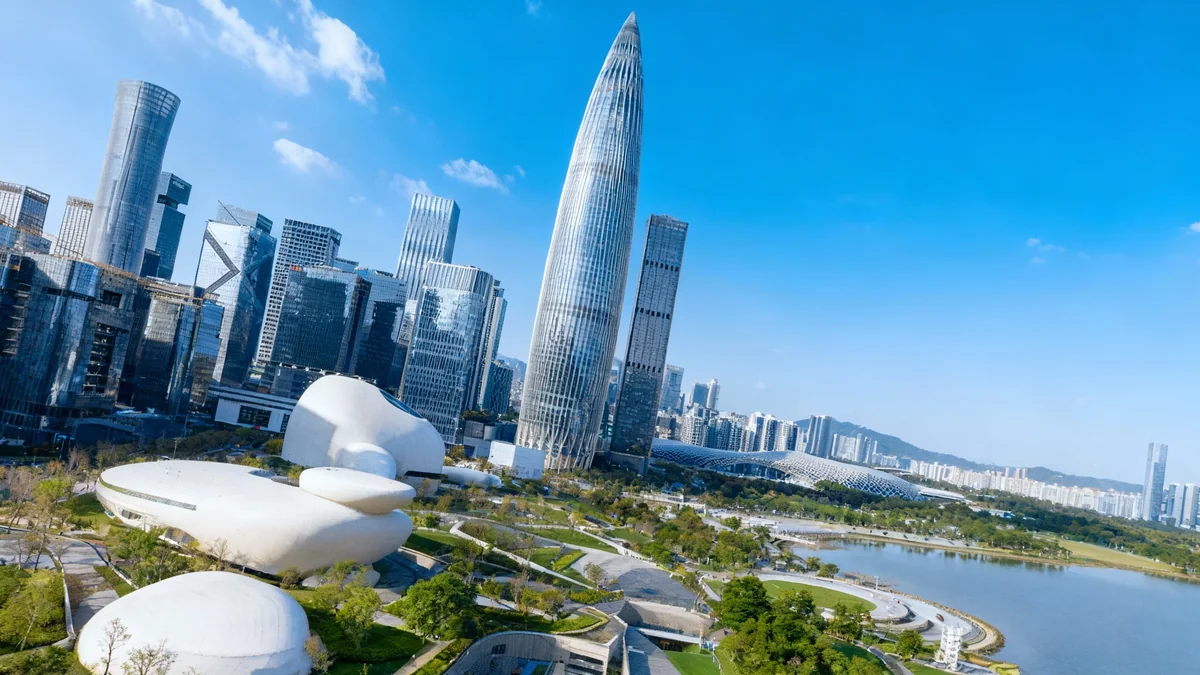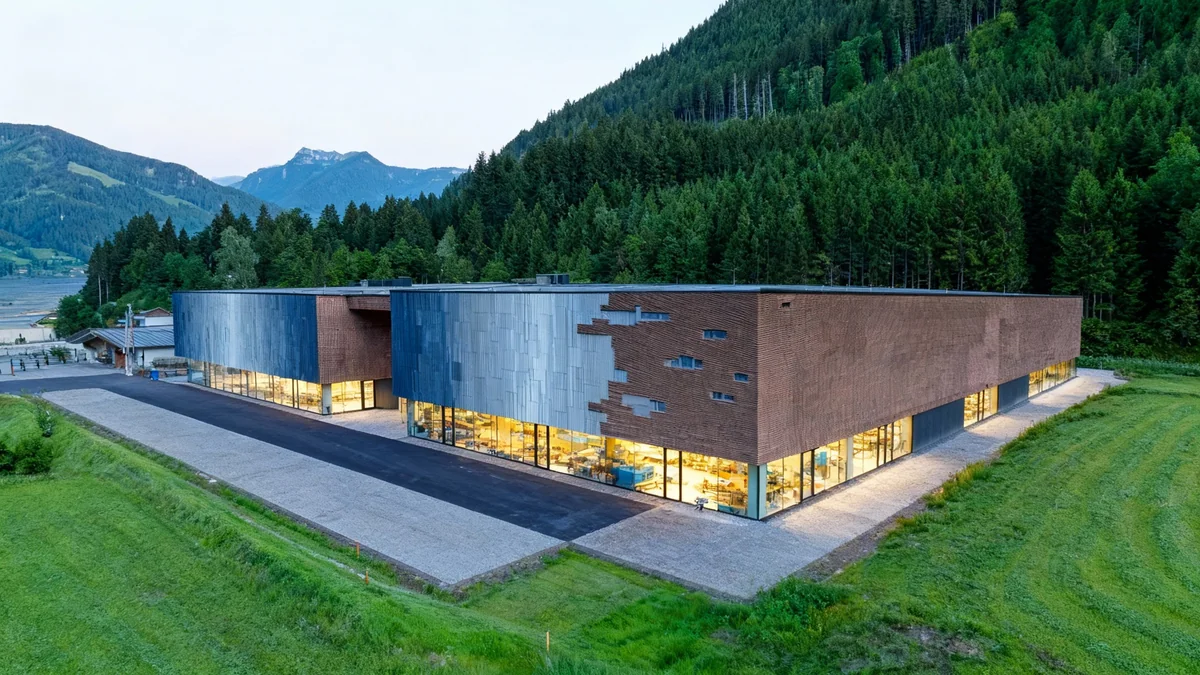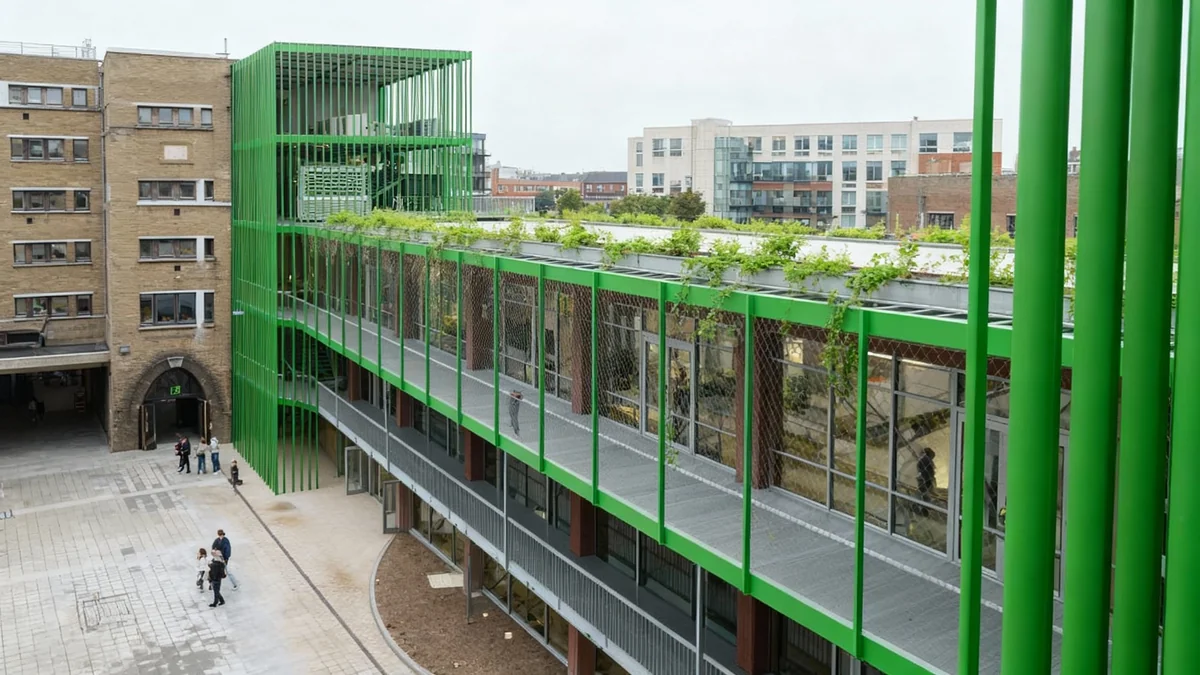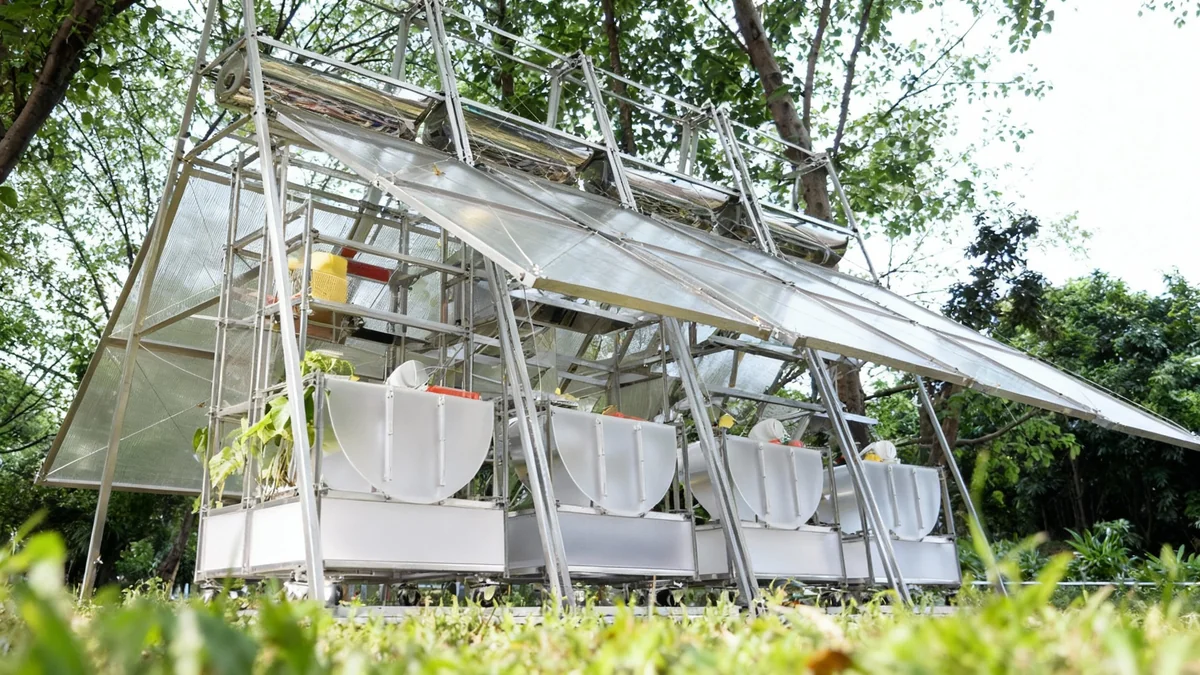Shenzhen, China's first Special Economic Zone, has undergone a rapid architectural transformation in the past decade. This dynamic city, known globally for its 'Shenzhen Speed' and 'City of Design' moniker, has seen its urban landscape evolve dramatically, driven by population growth and economic expansion. Its architecture reflects a unique blend of innovation, ecological awareness, and cultural integration.
Key Takeaways
- Shenzhen's skyline is dominated by a high density of skyscrapers, reflecting its rapid urbanization.
- Urban renewal projects are transforming 'urban villages' into vibrant, integrated communities.
- Educational facilities are undergoing three-dimensional transformations and systematic renovations to meet growing demands.
- New public cultural buildings are designed for openness and multi-functional use, attracting global talent.
- Infrastructure projects are being integrated into the city's ecological landscape, emphasizing sustainability.
Skyline Ascends: The Rise of High-Rise Architecture
Since its establishment as a Special Economic Zone in 1979, Shenzhen has transformed from a small border town into a major international metropolis. This rapid growth has led to an astonishing pace of high-rise construction. The city now boasts the highest building density in China and the largest number of skyscrapers exceeding 200 meters.
These dense clusters of tall buildings are a clear sign of Shenzhen's urban identity. Major development areas, including the Shenzhen Bay Super Headquarters Base, Qianhai Tencent Dachanwan, and Guangming Science City, continue to push the boundaries of architectural design. Renowned international and domestic firms are contributing to a distinctive and diverse architectural landscape.
Fast Fact
Shenzhen has built a substantial number of high-rise buildings over the past 40 years, becoming home to more skyscrapers over 200 meters than any other city in China.
Notable projects include the Ping An Finance Centre designed by KPF, the China Resources Headquarters also by KPF, and the Tencent Headquarters by NBBJ. These structures showcase modern aesthetics and advanced engineering, symbolizing the city's ambition and technological prowess. Firms like Foster + Partners and Zaha Hadid Architects are also contributing iconic designs, such as DJI Sky City and Tower C at Shenzhen Bay Super HQ Base, further enhancing the city's global architectural profile.
Urban Villages and Renewal Initiatives
Shenzhen's urban fabric presents a unique contrast. Alongside its modern, planned districts, the city houses 'urban villages.' These areas are characterized by densely packed 'handshake buildings' and narrow alleyways, often hidden behind the gleaming skyscrapers. These villages offer a pedestrian-friendly scale and a sense of community, a stark difference from the planned urban zones.
In recent years, Shenzhen has focused on urban renewal, particularly in these villages. Initiatives and exhibitions have driven architectural and environmental enhancements. Nantou Ancient Village serves as a prime example, where existing buildings have been revitalized and public spaces improved. This renewal strategy emphasizes 'industry-city integration' and 'community symbiosis.'
"The renewal of urban villages is not just about new buildings, but about breathing new life into communities and integrating them sustainably into the modern city fabric," a local urban planner noted recently.
Vacant buildings and industrial sites are being transformed through the introduction of creative industries and artistic design. This approach aims to activate underutilized spaces and enhance public services, ensuring sustainable urban development.
Historical Context
Shenzhen's rapid growth since 1979 as China's first Special Economic Zone led to an urgent need for housing and infrastructure, resulting in a unique urban development pattern where older villages became encircled by new high-rise developments.
Innovations in Educational Architecture
The high-density environment of Shenzhen has pushed educational architecture to innovate, moving beyond traditional flat layouts. Schools are now designed with a three-dimensional approach, utilizing vertical space both above and below ground.
'Aerial campuses' feature stacked functional modules, while three-dimensional greening systems integrate ecological principles. This expands the types of educational buildings, often achieved by increasing plot ratios and intensifying functional organization. Shenzhen's educational architecture innovations span all levels, from kindergartens to universities.
Since 2021, the '100 Campus Renewal Plan' has significantly upgraded existing school facilities. This initiative has systematically renovated 38 old schools, repairing infrastructure, activating underutilized spaces, and enhancing aesthetics. These efforts provide both 'three-dimensional growth' and 'quality iteration' solutions for educational facilities in a megacity context.
- Vertical Kindergartens: Small, efficient designs maximizing limited urban space.
- Eco-Friendly Campuses: High-plot-ratio schools with integrated greening systems.
- Integrated University Campuses: Shared, open spaces fostering 'industry-academia-research' collaboration.
Public Cultural Buildings for a New Era
With a rapidly growing population and a need to strengthen cultural infrastructure, Shenzhen has invested in 'public cultural spaces for the new era.' In 2018, the city launched the 'Ten Cultural Facilities for the New Era' plan, attracting top architectural talent globally, including Pritzker Architecture Prize laureates.
All design proposals for these facilities have been finalized, and construction is underway. These new buildings diverge from traditional isolated monuments. They are deeply integrated with urban renewal and new district developments, like the Sea World Culture and Arts Center (SWCAC) in the Nanshan Coastal Business District.
Designs emphasize openness and public accessibility, linking cultural spaces with natural environments and daily life. Features like rooftop platforms, sunken plazas, and interconnected corridors ensure seamless integration. Functionally, these buildings are composite, combining exhibitions, performances, education, and leisure to maximize space utilization.
Global Talent
The 'Ten Cultural Facilities for the New Era' project attracted proposals from Pritzker Architecture Prize winners like Jean Nouvel and SANAA, highlighting Shenzhen's commitment to world-class design.
Infrastructure within the Ecological Landscape
Shenzhen faces unique challenges as one of the world's fastest-developing and most spatially dense cities. Conflicts between urban space and hydrological ecology, along with overloaded infrastructure, are significant concerns. The city grapples with land scarcity, water resource shortages, and environmental carrying capacity issues.
Architects are responding by integrating infrastructure seamlessly into the ecological landscape. Designs prioritize respect for the natural environment and minimal intervention. Projects aim to reconstruct connections between 'infrastructure, humans, and nature.'
Through daily use, citizens can experience spaces where daily life and the natural environment intertwine, fostering an understanding of natural laws and potential risks. Examples include the Pingshan Terrace, a renovation of the Nanbu Water Purification Station, and various pavilions like the Longgang River Blueway Pavilion, which blend functionality with natural beauty.
These projects showcase how a megacity can pursue development while addressing environmental challenges through thoughtful, integrated architectural solutions. The goal is to create a harmonious urban environment where infrastructure supports both human needs and ecological health.




